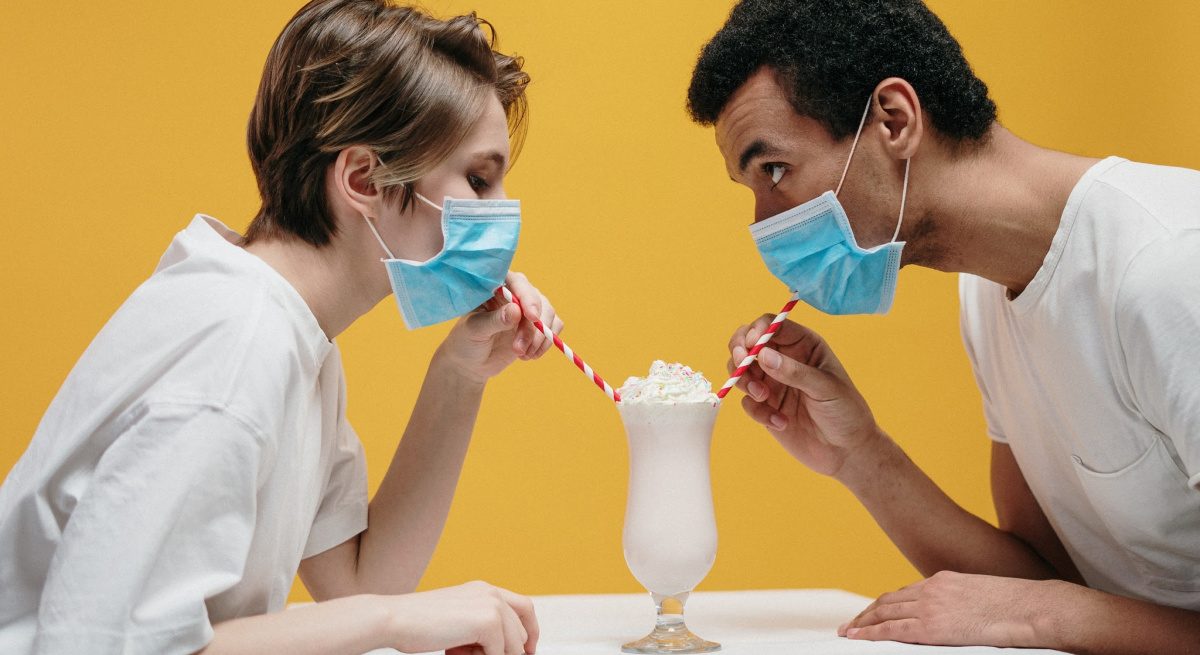How to Make Your Guests Feel Safe and Get them Back in the Door
5 Min Read By Andrew Freeman, Candace MacDonald
Restaurants play an important role in our lives and in our communities; often where we celebrate birthdays, graduations, first dates, and major life moments. They provide much more than food, they provide nourishment and create communities. Throughout the country, they have played an important role in the rebirth of many urban neighborhoods. Restaurants bring groups of people and that traffic often brings safety. The fragile nature of restaurants has been exposed by the pandemic. While many find hope for the industry as the country re-opens, the road to recovery is a very long and uncertain one.
Restaurants must build trust, communicate safety and clearly establish value.
A recent study from travel market research firm Destination Analysts indicated that nearly 41 percent of people surveyed said that the activity they missed most while staying in place was dining out with friends; but at the same time around 60 percent have hesitations about venturing back into dining rooms and…
Sorry, You've Reached Your Article Limit.
Register for free with our site to get unlimited articles.
Already registered? Sign in!



